Affiliate links on Android Authority may earn us a commission. Learn more.
Reports: Qualcomm preparing substantial layoffs, may consider split
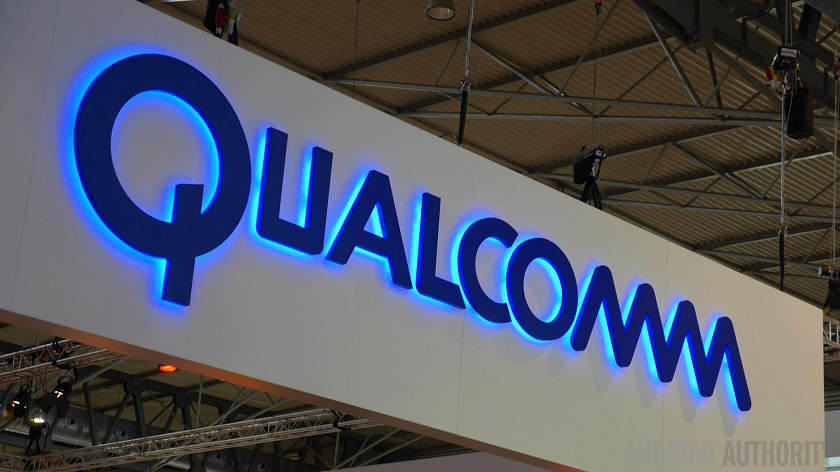
Depending on one’s perspective, Qualcomm is mobile. The company owns countless patents related to mobile network communications, and is largely responsible for the very infrastructure that allows us to enjoy the technology we own. Likewise, these patents are of critical important to the very OEMs or ODMs who make the products we use. It’s slogan could not be more appropriate: “Enabling the Wireless Industry.”
This year however, things have been progressing in a father unfavorable way for the California-based corporation, and according to a report by The Information, this week will see the layoff of thousands of employees as a result.
What’s going on
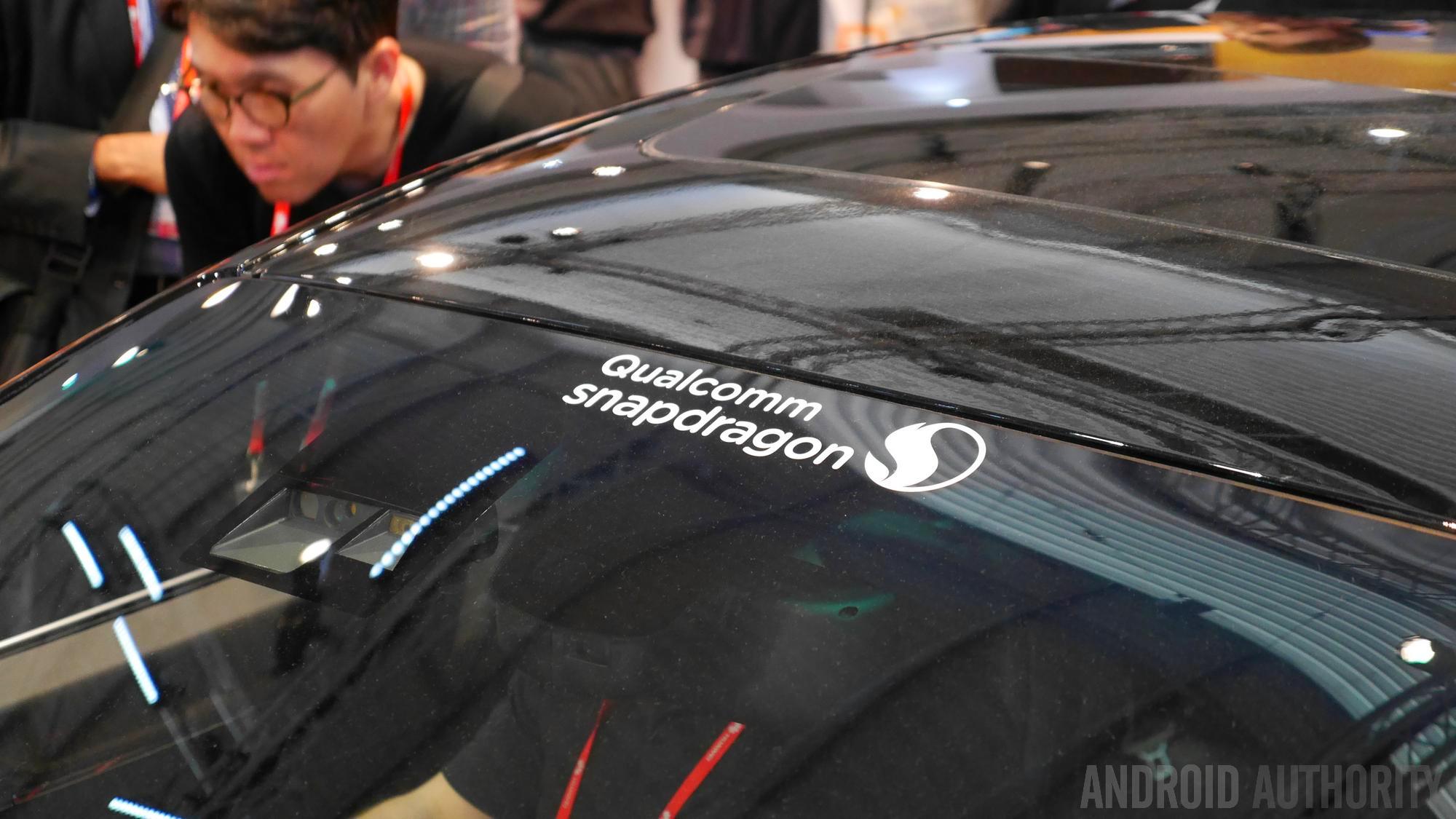
Specifically, “Qualcomm’s new cuts, expected to be announced during the company’s second quarter earnings announcement on Wednesday, could impact more than 10 percent of the company’s 30,000-person workforce. They also come after layoffs of more than 600 people last fall.” Additionally, one source added that “the company could shift more R&D resources to low-cost countries like India for further cost savings.” This is obviously a major cause for concern among investors, industry-related players, and most importantly, the very employees who stand to lose their job. With respect to outsourcing, it may indicate that further downsizing efforts will be made in an effort to cut-costs.
Despite the company’s market capitalization hovering slightly over $100 billion, there was cause for concern earlier this year when the company predicted it would “generate 10% to 20% less revenue in the fiscal third quarter, which ended in June, compared to last year.” Still, Qualcomm “expects to generate a profit of up to $5 per share from $25 billion and $27 billion in revenue in the fiscal year that ends in September.”

The situation is further complicated by the urging of Jana Partners, an “activist hedge fund” investing in the company. It has asked Qualcomm to separate the microchip and patent-licensing businesses, as well as reduce overhead and increase the share buyback in an effort to raise stock prices. As The Information points out, although the chip division generates most of the revenue, the patent business can earn more profits.
WSJ: Qualcomm may consider split
In a separate story, the Wall Street Journal reports that Qualcomm may announce it’s considering splitting its patent licensing and chip sales operations, as well as other measures meant to restore investor confidence and boost its stock. The announcement of a “strategic review” could be made on Wednesday, when Qualcomm is scheduled to deliver its latest quarterly results. Such an announcement could be perceived as a capitulation in front of Jana Partners, though sources told WSJ that Qualcomm has been considering splitting up for years.
Why it’s happening
While The Information makes reference only to one main cause for the financial plight, it is likely there is a second – albeit related – malady at play here. Let’s examine both:
The competition
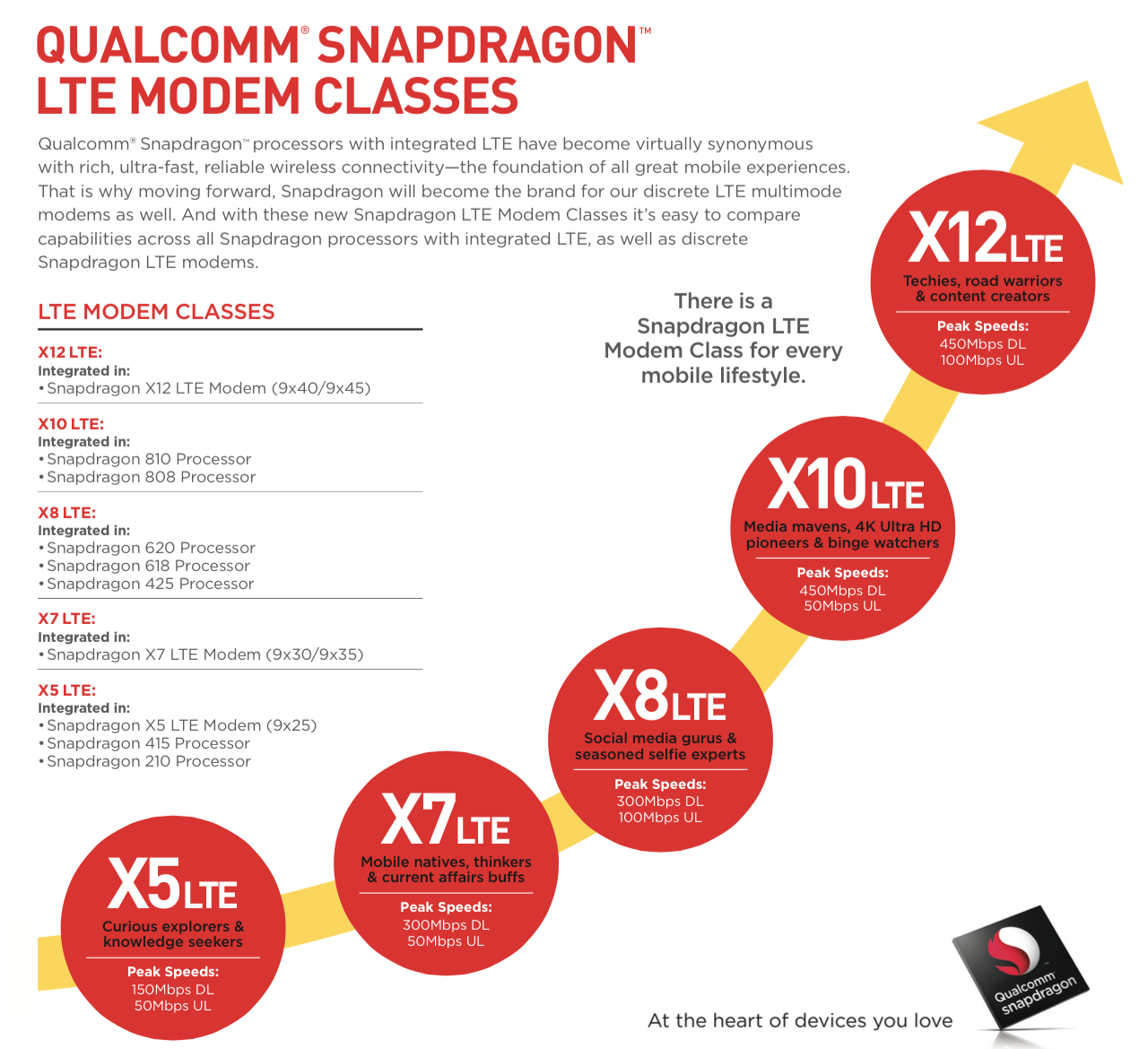
For some time now, Qualcomm has been almost unrivaled in its semiconductor sales. The Snapdragon SoC is not only a household word for techies, but also a branding and marketing catchphrase for the manufacturer. It is also quite expensive to license: “LTE modems can cost as much as $10 apiece, whereas an entire set of chips for a $50 phone can cost around $5.” This cost, as a result, is thus passed onto the customer, and has become an increasingly prevalent one as LTE standards are adopted on a global level.
Qualcomm rules the high-end market, but all the growth is at the bottom
Whereas customers in developed markets, like those in America, are often more comfortable with higher priced products – see the Samsung situation – those in developing countries are not. Customers in places like India or China want affordable products that offer similar performance. If a phone will retail for just $50, the profit margin for the manufacturer is significantly eroded when as much as 20% of the sale price might go to Qualcomm.
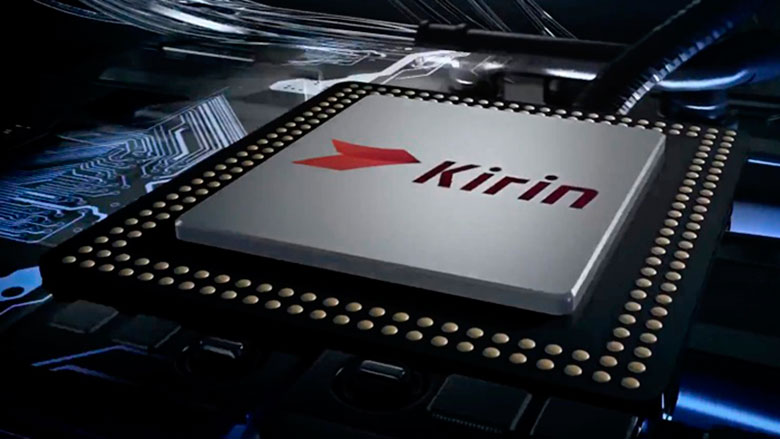
Competition is fiercer than ever
As a result, companies like Samsung, HUAWEI, and more recently LG, have been keen on producing their own chip thus alleviating the need to buy from Qualcomm. And there’s the growing number of OEMs that use cheaper, but increasingly competent MediaTek chips. Indeed those readers who routinely follow our coverage of new, non-flagship product announcements will be well-versed in the reading of “MediaTek SoC on-board.” HTChas made significant use of MediaTek’s chipsets this year, for products like the One M9+. While the true details remain unknown, the costs associated with Qualcomm might be partially responsible for the Taiwanese company’s decision not to release the standard One M9 in India at all, though something else might very well be at work (more on that shortly).
Indeed fierce competition has also seen rival companies out-innovate Qualcomm in recent months. Samsung, for example, released the Exynos 7420 SoC which features a 14nm as opposed to the 20nm construction of the Snapdragon 808 and 810. The inclusion of a global LTE circuitry in Samsung’s offering means that it can avoid purchasing the Qualcomm modem entirely, though for some variants Samsung is still sourcing LTE modems from Qualcomm. Meanwhile, HUAWEI has made major strides with its Kirin SoC, and MediaTek is already working on a 10-core processor.
Now that the game has truly stepped up, there is seemingly no stopping it, and all indications suggest Qualcomm’s situation is about to get worse.
The Snapdragon 810
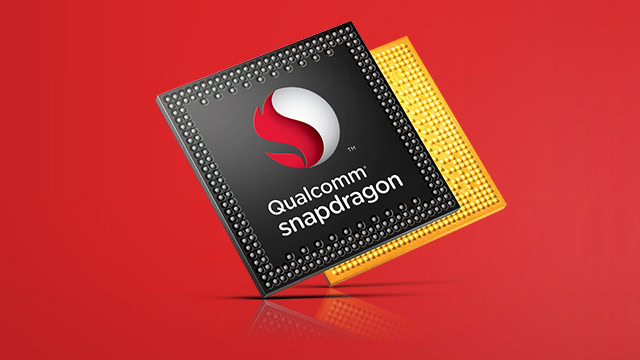
The Snapdragon 810 has been a major issue of controversy almost since it first started making rounds.
Qualcomm’s latest SoC, the Snapdragon 810, has been a major issue of controversy almost since it first started making rounds. Aside from the aforementioned use of 20mn construction, the bad news started late last year when a European website tested a prototype 810 and found that the device in use became so hot that performance issues occurred. As is often the case, this report was reblogged on tech websites around the world, and intense criticism of the chip became the norm. Qualcomm itself has gone on a defensive offence in order to dampen the fire, but reports continue to surface, with some mobile carriers even going as far as to issue safety warnings. The issue has further entrenched itself as OEMs like Sony have made public statements defending their decision to use the 810, and paradoxically LG’s own PR-damage control seeking to explain why it didn’t.
Indeed the LG situation was perhaps the most damning, as the company chose to include the 810 on the G Flex 2, announced back at CES this January, yet chose to use the Snapdragon 808 instead for the flagship G4 launched months later. Officially the switch was explained as one of “timing” yet logically it makes no sense given that the G Flex 2, being launched earlier, had to be designed far earlier than the G4 less a late-January launch would have been unfeasible. There is the possibility that the G4 was designed at an earlier date when only the Snapdragon 808 was guaranteed for launch, but given the sheer amount of time involved, there is no reason whatsoever LG would have deliberately chosen not to redesign the product with the more powerful chipset. This assertion becomes all the more valid in considering Samsung managed to get a modified Galaxy Note 4 out with the 810 and even LG itself quickly released a Snapdragon 805 variant of the G3 last year in Korea.
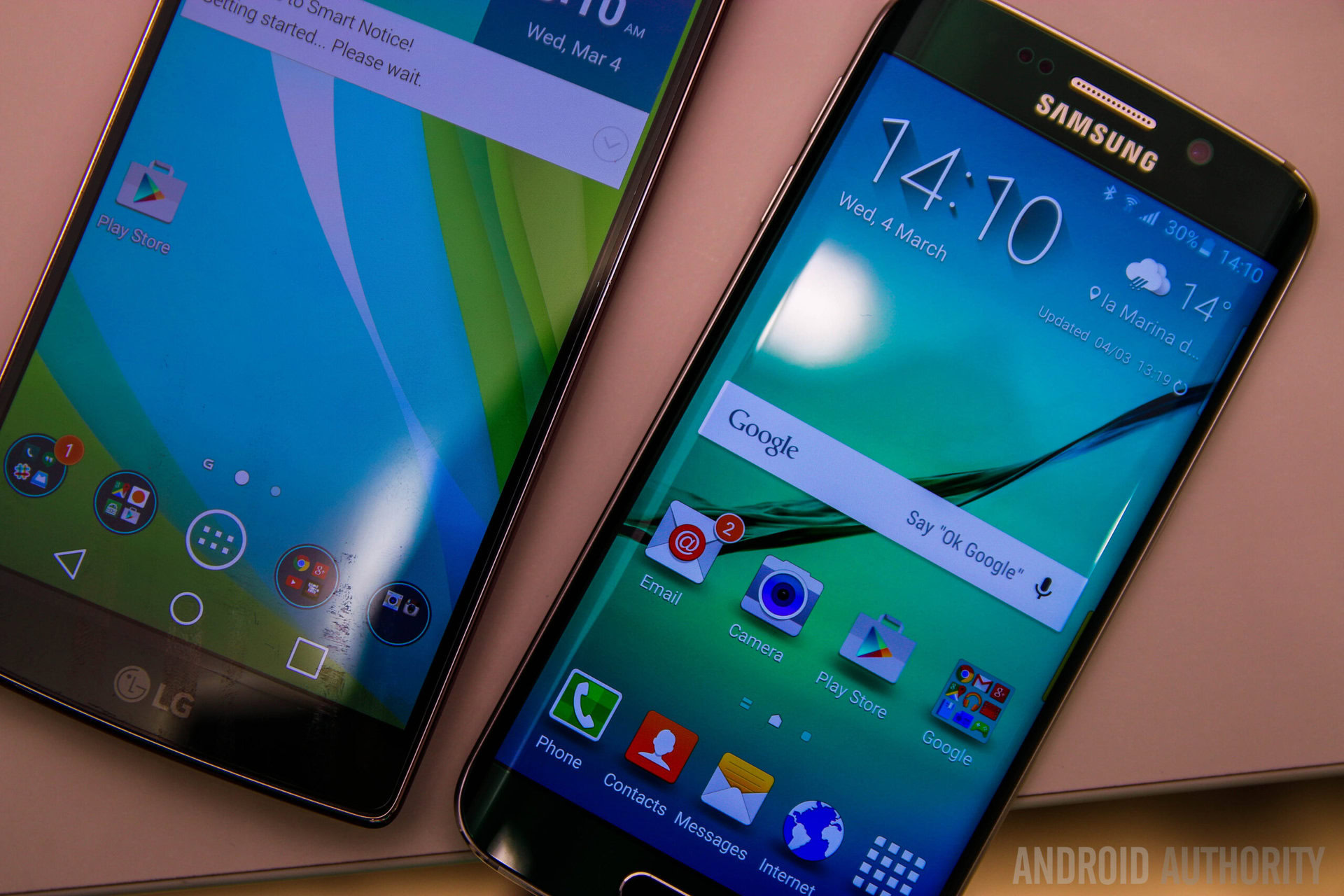
So unrelenting is this issue, that Qualcomm would seek to calm the commotion by releasing an modified version that would theoretically address the concerns. When ZTE’s Axon Phone was officially launched last week, there was special mention of its use of the Snapdragon 810 Version 2.1 in the hardware. That and the similar stunt that OnePlus pulled, which then prompted HTCto go on a PR-offensive and explain that the One M9 already makes use of this chip. Unfortunately the turmoil is unlikely to subside with the upcoming OnePlus Two make using of the 810, as well as possibly the new Nexus devices.
Outlook
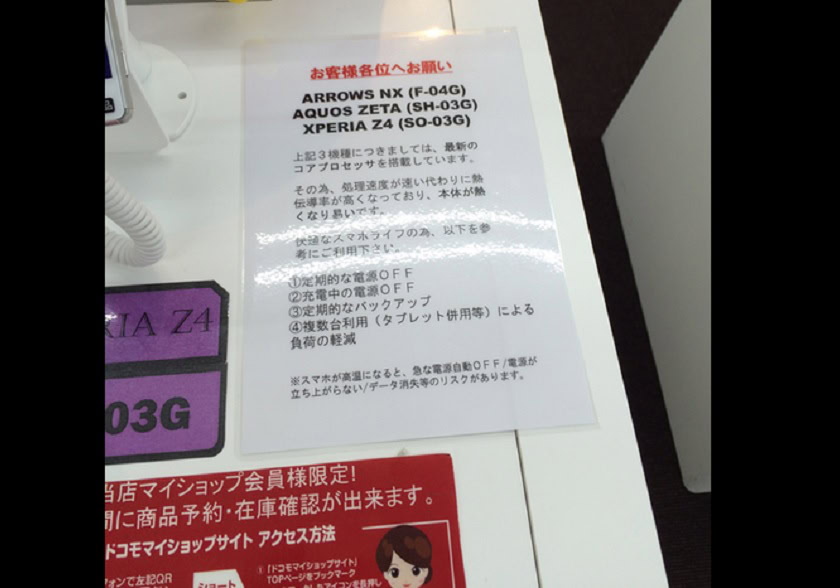
Suffice to say, Qualcomm certainly has its work cut out for it. In a sense, the current financial tension can have long term benefits as the company will be forced to make decisions regarding the speed at which it innovates at a much more rapid pace. With competition ramping up at an almost unprecedented rate, there will no longer be margins for errors when it comes to beating others to the punch. Qualcomm has already lost in the race to put out a 14nm SoC which – arguably – has cast doubt in its R&D. Likewise, the problems associated with the Snapdragon 810 itself – be they genuine or perceived – have damaged the company’s credibility on a truly global scale as well as made potential legal problems for any number of OEMs involved with the use of the chip.
Obviously the short term effects of this financial downturn are quite tumultuous for those individuals most effected, the very employees who will be laid off. This issue shows quite clearly how even the most steadfast of companies can no longer afford to conduct business-as-usual in the modern digital world, especially as competition from Asia becomes increasingly strong.
As some have mentioned the problem, as it stands now, will only get worse given that prices of Android hardware are going down – not up – and based on a report by The Wall Street Journal last week, Samsung is the only major Android OEM actually making a sizable profit at the moment. Qualcomm can certainly turn around its potentially bad Q3 2015 earnings later this year, or next, but the changes that need to be made are fundamental ones that could reshape the company as we know it.
What are your thoughts on Qualcomm’s situation? Do you feel the company’s time in the sun has finally set or are its best days yet to come? Have you been disappointed by the Snapdragon 810 fiasco? Let us know your thoughts below in the comments!